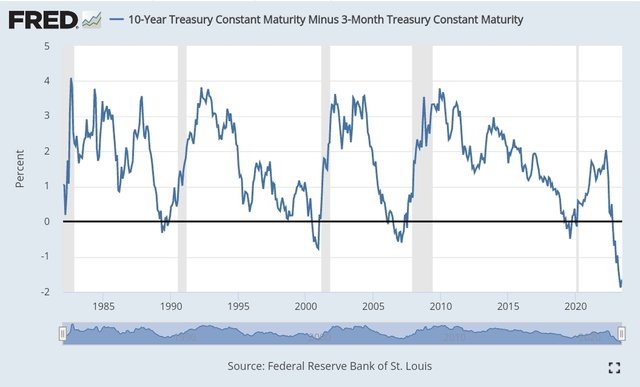Since 2005, The Office Vacancy Rate is at an All-Time High

Over the past two decades, the landscape of the office real estate market has undergone significant shifts. One of the most remarkable developments has been the steady increase in office vacancy rates since 2005, reaching an all-time high (ATH). This trend reflects changing dynamics in the way we work, accelerated by events like the COVID-19 pandemic. In this blog post, we will delve into the factors contributing to this rise in office vacancy rates and its implications for the future of workspaces.
- The Rise of Remote Work
The most prominent factor driving the ATH in office vacancy rates is the widespread adoption of remote work. Technological advancements have made it increasingly feasible for employees to work from home, reducing the need for office space. The COVID-19 pandemic accelerated this trend as companies were forced to adapt to remote work to maintain operations. Even as restrictions eased, many businesses chose to adopt hybrid or fully remote work models, leaving large portions of their office space vacant.
- Shift in Office Space Utilization
The traditional model of assigning dedicated office space to every employee is no longer the norm. Many organizations have transitioned to flexible seating arrangements and hot-desking, where employees use office space on an as-needed basis. This optimization of office space has resulted in reduced demand for expansive, fixed workspaces, contributing to higher vacancy rates.
- Office Space Downsizing and Cost Reduction
Companies have been reevaluating their real estate needs with an eye on cost reduction. Office space is one of the most significant expenses for businesses, and as profit margins become tighter, cost-saving measures become a priority. Downsizing office space or opting for shorter lease terms allows businesses to adapt to changing needs and reduce overhead costs.
- Tech Companies and Remote-Friendly Policies
Technology companies, some of the largest occupants of office spaces, have been at the forefront of embracing remote work. Many tech giants have announced permanent remote work policies, giving employees the flexibility to choose where they work. This shift away from centralized offices has a ripple effect on the office real estate market, leading to increased vacancies.
- Economic Uncertainty and Remote Hiring
Economic uncertainties and the rise of remote hiring have also played a role in the ATH in office vacancy rates. As businesses hire talent from diverse locations, they are less inclined to invest in large, centralized office spaces. This trend is especially relevant for startups and smaller companies looking to access a broader talent pool without the burden of maintaining extensive physical office space.
Conclusion
The all-time high in office vacancy rates since 2005 is emblematic of a transformative era in the way we work and use office spaces. While this trend may raise concerns about the future of commercial real estate, it also presents opportunities for innovation and adaptation. Businesses and real estate developers are exploring new models, such as flexible co-working spaces and reimagined office designs, to cater to evolving needs.
As we move forward, it's essential to recognize that the office real estate market is not obsolete but undergoing a profound transformation. The office of the future may be more dynamic, flexible, and technology-driven, offering spaces that foster collaboration, innovation, and a sense of community when needed. In this evolving landscape, staying attuned to changing trends and the evolving needs of the workforce will be key to navigating the future of office spaces successfully.